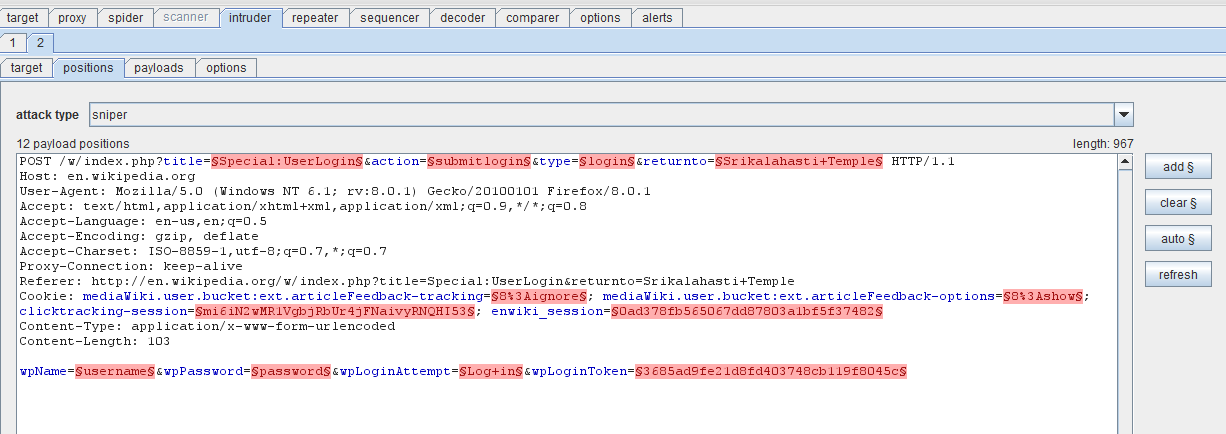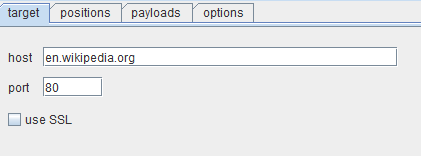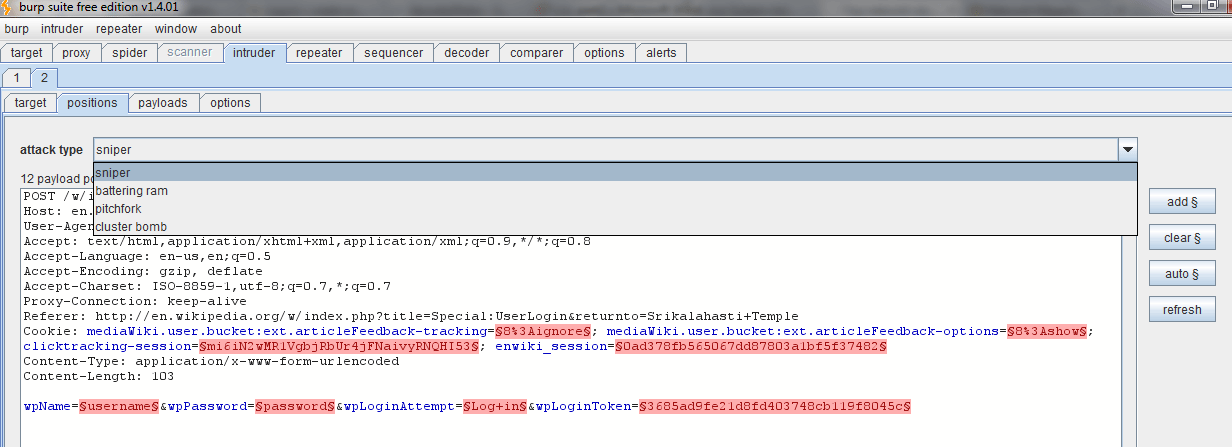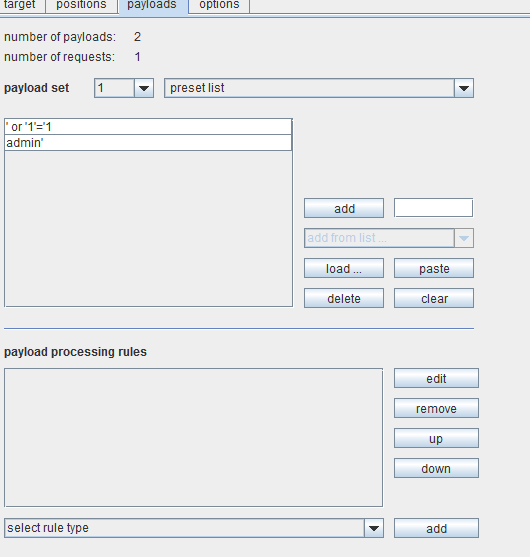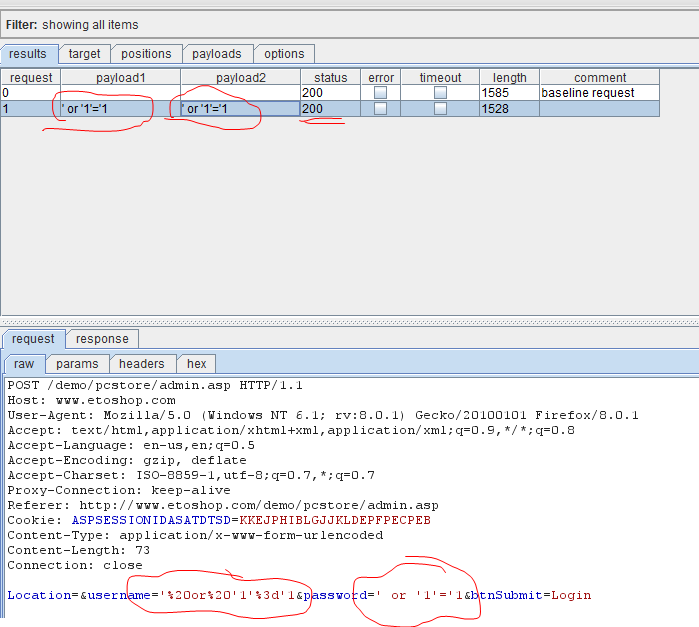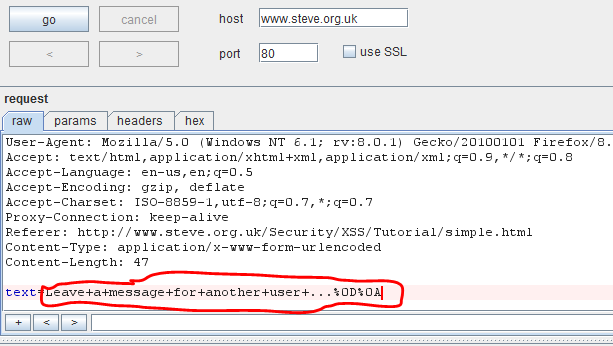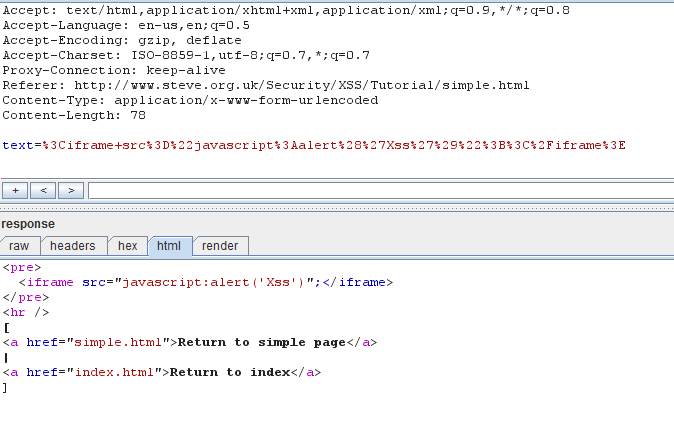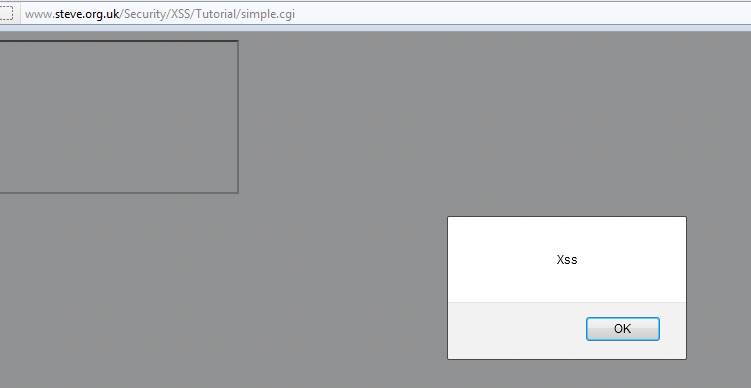Burp Suite Tutorial: Part 2 – Intruder and repeater tools
Our Burp Suite tutorial’s second part covers intruder and repeater. Use this Burp Suite tutorial to customize attacks on Web apps via SQLi and XSS bugs.
In the first part of our Burp Suite tutorial series we covered the basics of Burp Suite and presented an overview of some of the tools in the framework. In this second installment, we will describe two more important tools of the framework, viz. intruder and repeater.
Burp intruder
Intruder is used to automate customized attacks against Web applications. It has four panels – target, positions, payloads and options – as seen in Figure 1.
Figure 1. Burp intruder (click to enlarge)
Target: This panel is used to specify the target host (the URL) and the port to use for the connection. There is an option for using SSL encryption, if required. Figure 2 shows the target panel.
Figure 2. Target panel in Burp intruder
Positions: This panel is very important in automating attack strings on the target. The types of attack vectors are sniper attack, battering ram attack, pitchfork attack and cluster bomb.
Figure 3. Positions panel, with different attack vectors (click to enlarge)
In this Burp Suite tutorial, Figure 3 shows that the payload positions are automatically highlighted with the § character. This is achieved by clicking on the auto button to the right. You can add markers and customize the scenario as required.
The sniper attack functions as a single payload set. Here, only one value is replaced for all the payload positions in sequence. This attack is generally used to test for common SQL injection and XSS attacks on the webpage.
A battering ram attack is another type of single payload attack. This is used when a single value is needed in the payload position and works fine when the password quality rules and policies set are weak. Considerable enumeration needs to be carried out before using this form of attack; it works in scenarios where, for instance, the username and password both have the same values.
The pitchfork attack or cluster bomb attack can be used when multiple payload sets are required. In a cluster bomb attack there are two lists, with each word in the first list running against a corresponding word in the second list. It is used when the target has a login form that has to be breached.
In this section of our Burp Suite tutorial, we shall attempt a SQLi attack on the demo page of etopshop at the following URL: http://www.etopshop.com/demo/pcstore/admin.asp.
SQL injection testing using Burp intruder
After capturing the page as described in Part 1 of this Burp Suite tutorial series, choose the payload markers as username fields and password fields. Since the attack requires two parameters, we would need a multiple payload attack. We shall choose the pitchfork attack vector from the dropdown menu and the preset list for adding SQL attack strings to be tried out at the target. Figure 4 shows the options being set for the attack.
Figure 4. SQL injection testing using Burp intruder
There are several options under this payload set. These include character based, number based, random characters based, brute force, dates, and so on. For this Burp Suite tutorial we have used the preset list. Once we set up options and payload here, we are ready to test the target. To do so, go to intruder in the menu bar and click on start attack.
Figure 5. SQL attack in progress with Burp intruder
Figure 5 shows the process of SQL injection. The results tab shows the payloads being sent to the target. The request tab shows the HTML source and how the payloads are placed at the chosen markers. The response tab shows that the injection succeeded; analyzing the HTML source shows a “welcome” message. In order to see the webpage, simply click on render.
Figure 6. Successful SQL injection of the target
More tutorials in this series
Figure 6 of this Burp Suite tutorial shows the successful penetration of the Web application, using the SQL injection vulnerability. Similarly, XSS attack vulnerabilities can also be checked using the preset list to load XSS strings and probe the target.
Burp repeater
Let us now move to Burp repeater in this Burp Suite tutorial. Burp repeater is a tool used to manually modify the HTTP requests and test the responses given by the page. This can even lead to probing for vulnerabilities on the webpage. Basically, this is used to play back requests to the server.
Understanding XSS with Burp repeater
For this Burp Suite tutorial, we shall use a vulnerable Web application at http://www.steve.org.uk/Security/XSS/Tutorial/simple.html for understanding and analyzing XSS (cross-site scripting) vulnerability in a webpage.
Figure 7. Burp repeater panel
In Figure 7, the attack spot that takes the input on the webpage has been highlighted. We need to find out if the if the input is sanitized for code injections or not. First, we shall attempt a simple HTML injection on the webpage as shown in Figure 8. This tells us that HTML tags are not sanitized in the input. As before, use render to preview the webpage within the tool in its own panel.
Figure 8. HTML injection
Next, we will try probing for XSS vulnerabilities. For this we need to pass a script tag. The attack string could be a simple JavaScript such as:
<iframe src="javascript:alert('Xss')";</iframe>
Figure 9. Iframe injection using repeater
In figure 9 of this Burp Suite tutorial, we see that the iframe code is injected into the source of the webpage. Check the browser to confirm if there is an XSS bug present in the application. We see that there is a reflected XSS vulnerability on the target, as shown in Figure 10.
Figure 10. Confirming XSS vulnerability in the target
In this installment of our Burp Suite tutorial, we have covered the intruder and repeater tools in detail. We have also explained how to analyze the target for Web-related security bugs such as SQL injection and cross-site scripting. In the third and final installment, we shall cover the remaining tools of Burp Suite.
>>Read more about Burp Sequencer, decoder and comparer in the third part of this tutorial here<<
 About the author: Karthik R is a member of the NULL community. Karthik completed his training for EC-council CEH in December 2010, and is at present pursuing his final year of B.Tech in Information Technology, from National Institute of Technology, Surathkal. Karthik can be contacted on [email protected]. He blogs at http://www.epsilonlambda.wordpress.com
About the author: Karthik R is a member of the NULL community. Karthik completed his training for EC-council CEH in December 2010, and is at present pursuing his final year of B.Tech in Information Technology, from National Institute of Technology, Surathkal. Karthik can be contacted on [email protected]. He blogs at http://www.epsilonlambda.wordpress.com
You can subscribe to our twitter feed at @SearchSecIN



